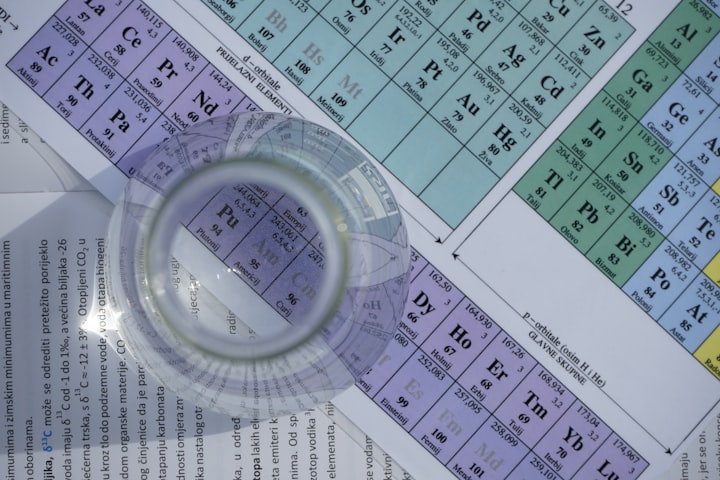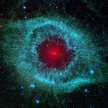Atoms Are Extremely Small
Atoms are the smallest particles of chemical elements.

British spelling.
Atoms are the basic building blocks of everything that can be seen or touched, including me, you, and every other living thing on our planet.
Apart from a hydrogen atom, which contains just one proton and one spinning electron, other types of atoms are made up of various amounts of protons, neutrons, and electrons.
A chemical element is a pure substance made of atoms that have the same number of protons in their nucleus, and the number of protons is known as their atomic number.
The mass of an atom is the total number of protons and neutrons combined. To give you an idea of the size of an atom and how small they are, take a human being of 70 kilograms in weight. The total number of atoms making up that person's body is estimated to be 7 octillion, which is a staggering 7,000,000,000,000,000,000,000,000,000 atoms!
During our lives, vast amounts of atoms keep joining and leaving our bodies.

The three most common atoms by mass that make up 99% of the human body are oxygen, carbon, and hydrogen. When we die, all the elements we were made of will dissipate over time, eventually becoming part of other objects or even other living things in the future.
Under normal conditions, atoms cannot be destroyed; they just keep being recycled.
A molecule is an electrically neutral group of two or more atoms held together by chemical bonds; they can be simple or complex.
To give an example, a water molecule consists of one oxygen atom and two hydrogen atoms bonded together. A carbon dioxide molecule consists of one carbon atom and two oxygen atoms bonded together.
Matter is the term used for material that takes up space. It is all around us; it is the air you breathe, the shoes you wear, the water in your glass, and everything you can touch and smell. It is what we are.
Anything that has mass is matter, and the three most commonly known states are solid, liquid, and gas. The difference in the structure of each state is described as the densities of the particles.
It took roughly 380,000 years after the birth of the universe for electrons to be trapped in orbits around nuclei, thus forming the first atoms. These new atoms formed the first low-mass elements, mainly hydrogen and helium. Hydrogen is still the most abundant element in the universe today.
As I said, a simple hydrogen atom contains just one proton at its centre and one spinning electron. You could say that most of an atom is empty space.

To give an idea of how far the electron could be from the nucleus of a hydrogen atom, imagine this: scale up the atom so that the proton is the size of a golf ball. At that scale, and at certain times, the electron could be as far as 2 kilometres from the centre of the atom, giving the atom a diameter of roughly 4 kilometres.
An atom can be 0.1 to 0.5 nanometers in diameter. There are 1,000,000,000 nanometres in one metre. Yes, they are extremely small.
The end.
<><><>
All my stories are about the universe and life; here is one of them in short form.
The deadly eruption of Krakatoa.

Krakatoa is a caldera in the Sunda Strait between the islands of Java and Sumatra in the Indonesian province of Lampung.
The 1883 eruption of Krakatoa occurred from May 20 until October 21, 1883, peaking on August 27, when over 70% of the island and its surrounding archipelago were destroyed as it collapsed into a caldera.
The eruption generated a tsunami estimated to have been as high as 40 metres above sea level, which washed away well over 100 coastal villages on Java and Sumatra, resulting in the deaths of over 36,000 people.
The awakening of Krakatoa in 1883 was one of the deadliest volcanic eruptions in modern history, second only to the eruption of Tambora in 1815.
A new volcano is now growing where Krakatoa stood and is named Anak Krakatoa, “Son of Krakatoa.
<><><>
You may find my easy-to-understand stories about the universe and life interesting and educational.
If you subscribe to me for free, you will see my latest stories. Regards.
About the Creator
A B Forbes
Someone with a lifelong passion for that gargantuan area we call the universe. I also write stories about life itself. Enjoy






Comments (1)
I couldn't stop reading. Your writing was really well done!